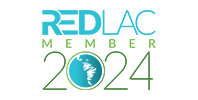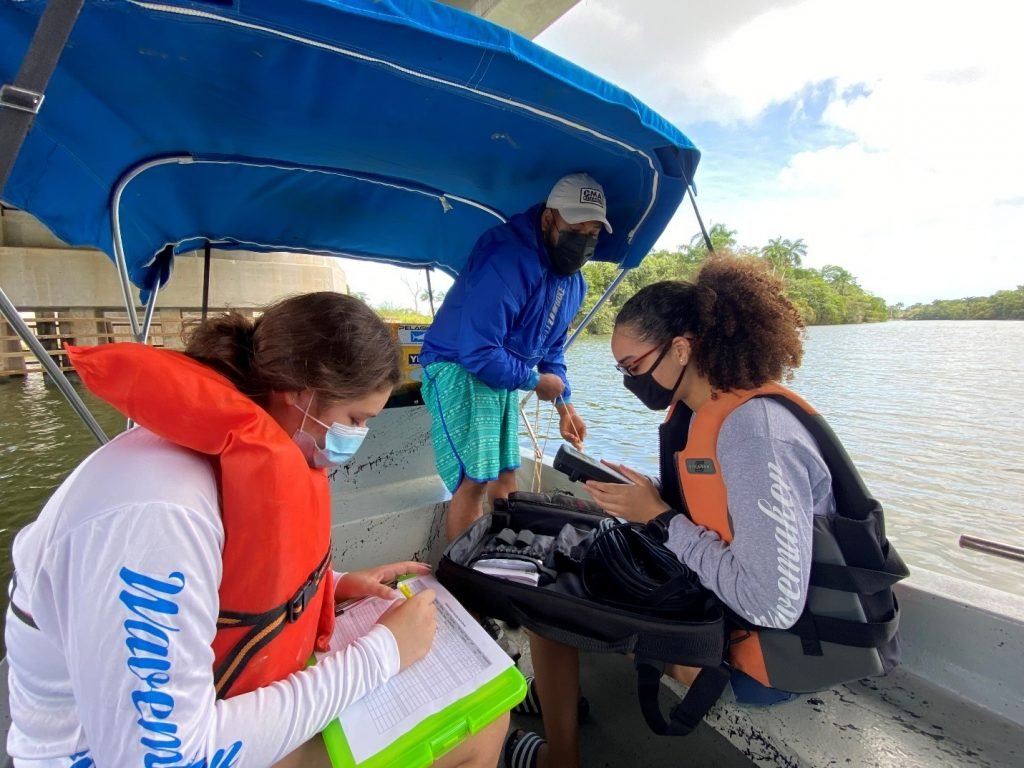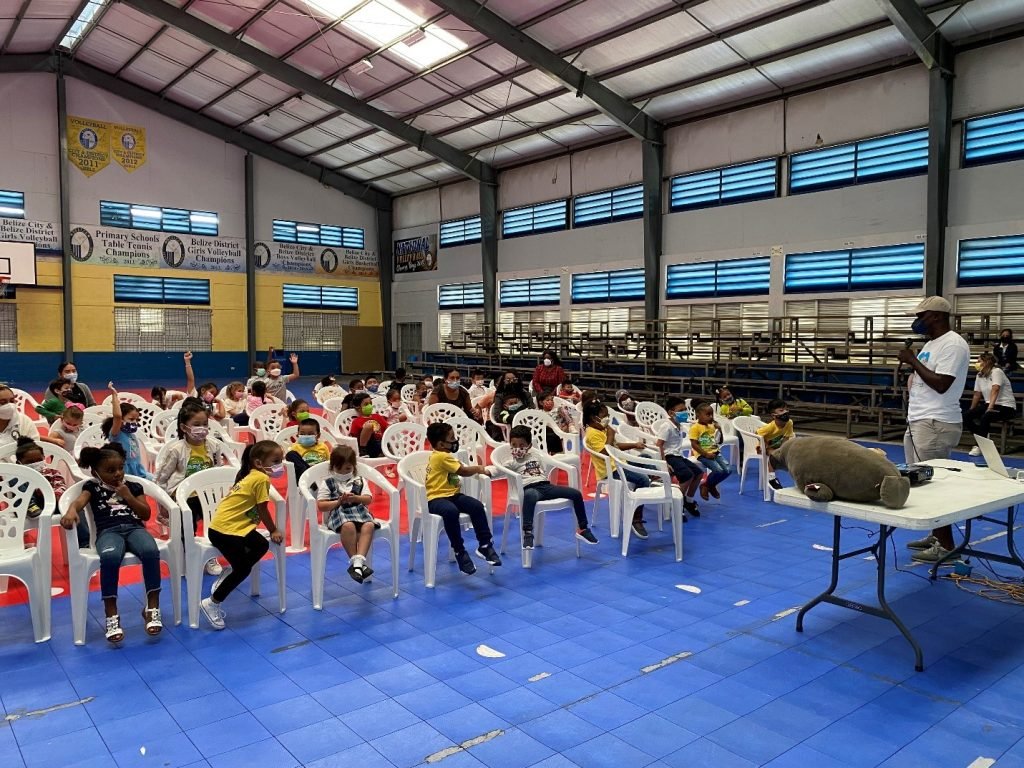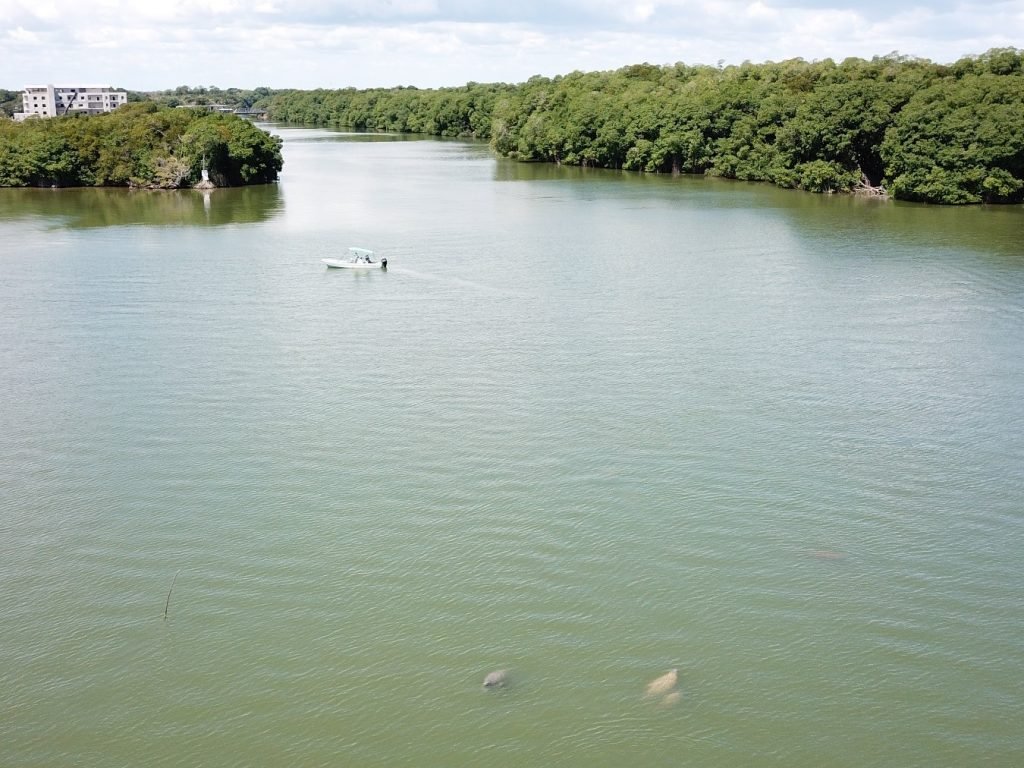Research, Monitoring, and Community Engagement in Manatee Conservation and their habitats in Belize
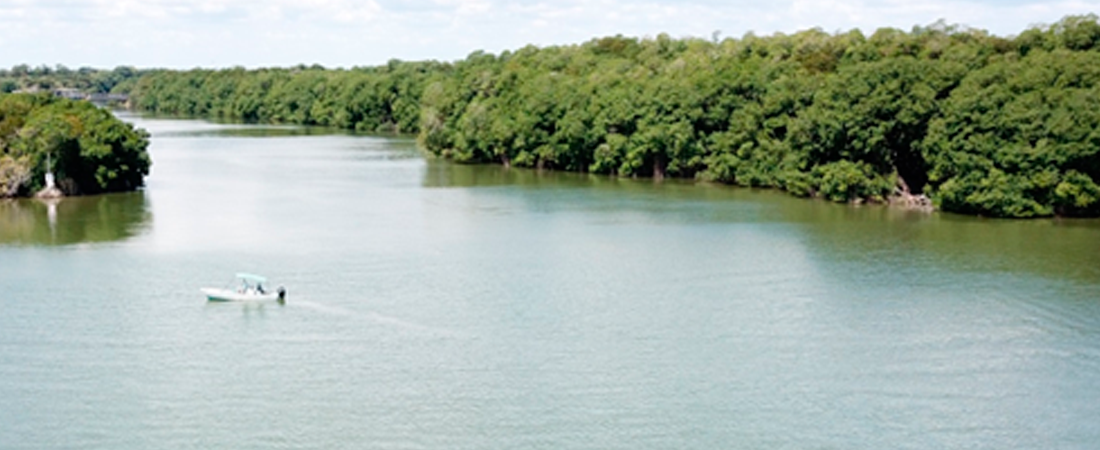
Photo: CMARI.
By James Powell/Jamal Galves
Increased development activities in three key Antillean manatee habitats within Belize has made necessary the need for a multi-pronged approach of research, community-based involvement, and conservation and educational actions to ensure the safety of this endangered species. The grant from the MAR Fund enabled Clearwater Marine Aquarium Research Institute to:
1) continue our manatee research and education work in Belize City (the Belize River mouth) and Placencia Lagoon, two critical habitats for the species, and
2) begin implementing activities in Gales Point Manatee Wildlife Sanctuary (Southern Lagoon), a coastal area known as one of the last safe havens for the Antillean manatee, currently under threat from mining operations and an offshore cruise port.
To understand manatee habitat health, water quality and environmental monitoring data was collected in the Belize River and Southern and Placencia Lagoons over a 12-month period and analyzed to provide a baseline against potential development impacts. Six water quality sample sites in Southern Lagoon and five sample sites in the Belize River and the Placencia Lagoon were established and marked with GPS for water quality testing; 192 samples were collected in all three study sites and analyzed for the following: temperature, mercury level, dissolved oxygen, conductivity, total dissolved solids, salinity, pH, and depth. In August 2021, two drone surveys were conducted to ascertain seagrass and mangrove coverage within Southern Lagoon.
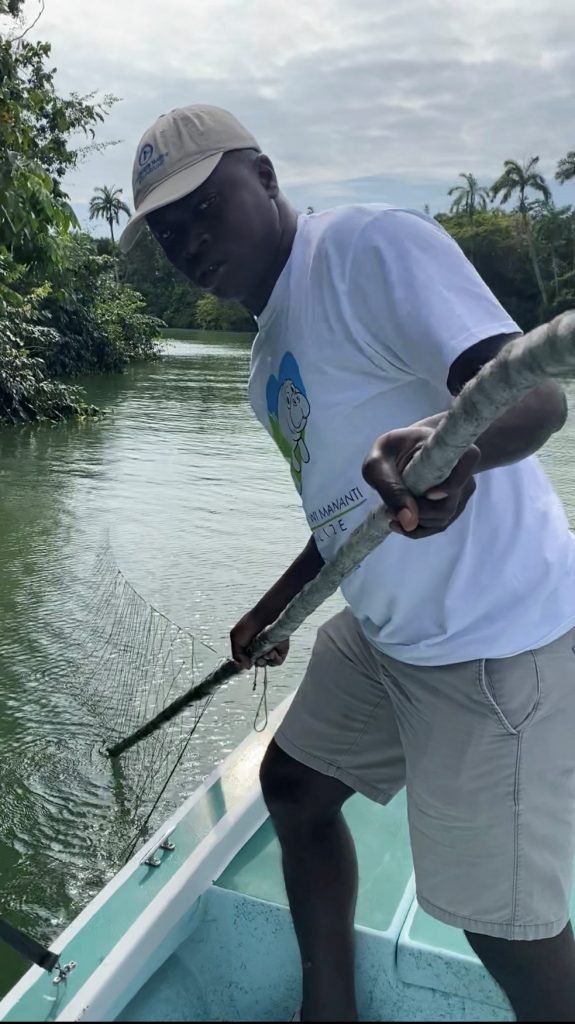
Gill net being removed from the Belize River. Photo credit: CMARI
Additional drone surveys were flown in February and March 2022 to estimate the minimum count and density of manatees that aggregate at the Belize River mouth. During the March survey, 20 manatees were counted at the Belize River mouth. During both surveys, most manatees were sighted in the main channel which grants boats access to the Belize River. This underscored the need for our activity to demark the river mouth channel, which was also accomplished under this grant. The demarking of the channel with PVC piping and reflective tape is now guiding boaters to stay within one designated path and manatees are learning to avoid that boating channel. To further caution boaters to slow down in the Belize River, three “Slow Speed – Manatee Area” signs were installed at three manatee resting holes. Furthermore, two solar, WIFI, surveillance cameras were installed in the Belize River to help monitor boat traffic in real time on days when our team is not out at the site. One of the most effective ways to ensure boater compliance is through patrolling, and our team was able to conduct 11 patrols of the Belize River, ten of the Placencia Lagoon, and 11 in Southern Lagoon since the start of the project. Two gill nets were removed – one from the Belize River by our team and a 500-foot gillnet was confiscated from the Southern Lagoon in collaboration with the Coast Guard and our research team.
A total of 18 school presentations were conducted over the grant period, ten in Belize City, six in Placencia & Independence, and two in Gales Point. Two beach clean-ups were conducted during the Gales Point visit, and a community night was held for the Gales Point Village on August 26, 2021 at the Gales Point Government School. A total of 30 participants were partially supported to undergo a three-month tour-guide licensing training with the Belize Tourism Board to become licensed tour-guides in Belize. All 30 participants successfully completed the course.
Finally,a draft document recommending actions and protections for the lower Belize River as a critical manatee habitat was provided to the government of Belize and management agencies. The final document is currently being prepared, which will incorporate the most recent aerial survey results which supports the protection of this important area.
- Water quality testing conducted in the Belize River on December 8th, 2021, including two female volunteers
- Figure 2. School presentation conducted at the Belize Elementary School.
- Manatee drone survey conducted at the Belize River Mouth on March 18th, 2022.



